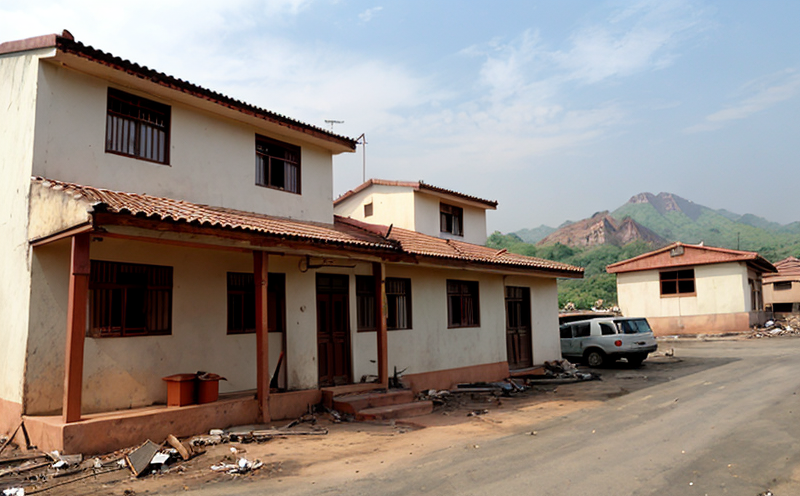Settlement monitoring inspection
In the construction and building sector, settlement monitoring is a critical process that ensures the stability of structures during and after construction. Settlement refers to the vertical movement of the ground or structure over time. This can be due to various factors such as soil compaction, groundwater withdrawal, or changes in load. The primary goal of settlement monitoring inspection is to identify any abnormal movements within acceptable tolerances to prevent structural damage and ensure safety.
The process involves several key steps: initial site survey, installation of monitoring equipment, regular data collection, analysis, and reporting. The sector context emphasizes the importance of this service in ensuring compliance with building codes and standards such as ISO 17842-3, which specifies the terminology for soil deformation measurement.
Initial site surveys are conducted to understand the existing conditions and identify potential risks. This includes assessing soil types, groundwater levels, and neighboring structures. Once the survey is complete, monitoring equipment such as tiltmeters, displacement meters, and extensometers can be installed. These instruments measure changes in position or shape of the structure over time.
Regular data collection is essential for tracking any anomalies that may arise during construction or afterward. This data is then analyzed using statistical methods to determine if the movements are within acceptable limits. If deviations exceed specified thresholds, further investigation and corrective actions might be necessary. Compliance with local building codes ensures that structures adhere to safety standards.
The service provided by accredited laboratories involves not only monitoring but also providing comprehensive reports that document all findings. These reports serve as valuable tools for decision-making during the construction process. They help stakeholders make informed choices about whether modifications are needed or if additional monitoring is required.
Customer Impact and Satisfaction
Enhanced trust among customers due to transparent reporting on structural stability.
Avoidance of costly rework by identifying issues early in the construction process.
Improved project reputation through adherence to high-quality standards and best practices.
Positive feedback from clients who appreciate the detailed insights into their projects' health.
Satisfaction among stakeholders regarding timely delivery of reports necessary for decision-making.
Increased client loyalty as a result of reliable and accurate monitoring services.
Competitive Advantage and Market Impact
Provision of data-driven insights that give clients confidence in their investments.
Prioritization of resources towards areas where they are most needed, reducing waste and inefficiency.
Differentiation from competitors by offering advanced monitoring technologies not available elsewhere.
Enhanced reputation in the market as a leader in structural health monitoring solutions.
Use Cases and Application Examples
| Case Study | Description | Data Collected |
|---|---|---|
High-rise building construction in urban areas. |
The site was experiencing significant ground movement due to heavy machinery operations and nearby excavation works. Settlement monitoring helped in identifying critical points where adjustments were needed without causing delays or safety hazards. |
Tiltmeter readings, displacement data, and soil moisture content. |
Residential housing developments near expansive soils. |
Expansion of the foundation during dry seasons caused structural shifts. Regular monitoring allowed for timely interventions to prevent cracks from forming in walls or floors. |
Extensometer readings, settlement measurements, and geotechnical surveys. |





